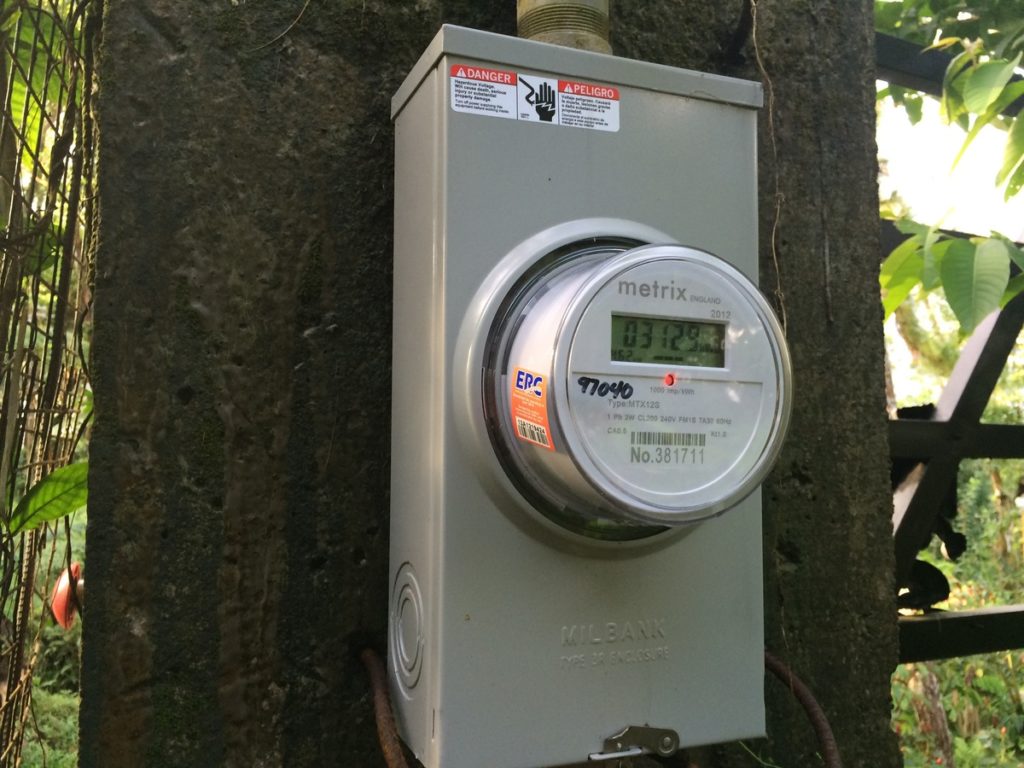
1. Net metering is a billing arrangement that allows customers with renewable energy systems to receive credit on their utility bills for any excess electricity they generate and return to the grid.
In this arrangement, customers can choose to install a renewable energy system on their property (e.g., solar panels) or connect an existing renewable energy system (e.g., rooftop solar panels).
These systems feed electricity into the power grid, either through a dedicated line owned by the utility or through the electric meter at a customer’s home or business.
2. The customer’s meter runs backward when electricity flows from the customer, through the system, into the electric grid.
And it runs forward when the electricity is purchased from the utility.
The billing arrangement allows any excess generation to be credited at a predetermined price per kilowatt hour, usually the retail electricity rate.
Any excess charges incurred by the utility are paid for by all customers in the service areas who do not have a renewable energy system.
3. Under net metering rules, customers are typically charged only for the net amount of electricity used after subtracting power generated by their solar panels or wind turbines.
This arrangement provides customers a credit on their electric bills for the electricity generated by solar panels or wind turbines.
The Internal Revenue Service has said that an energy credit from net metering can be used to reduce a taxpayer’s federal income tax, regardless of whether the electricity generated is used or sold.
In some states, the excess power may be credited to a special account and used to later offset electricity costs or even sold back to the utility at a price set by the utility.
4. In some states there may be an upper limit imposed on how much of a household’s total monthly electric bill can come from self-generated power under net metering arrangements.
In these cases, customers are often paid the retail electricity rate for any excess power that they sell back to the utility.
Net metering is a billing arrangement, not a pricing structure.
5. States without such limits typically allow 100% of a household’s monthly electric usage to come from self-generated sources if desired.
When a customer’s self-generated electricity use exceeds his or her total electric usage, the utility will typically buy any excess power from the customer at the retail electricity rate, often 11 cents or more per kilowatt hour.
6. A typical residential solar PV installation costs between $10,000 and $20,000 before any incentives (or rebates) are applied while generating about 5 kilowatts (kW) per hour at peak performance in sunny climates.
These systems are typically installed by third-party companies, not utilities.
Therefore, any revenue generated from net metering goes directly to the customer installing the solar system, not the utility.
7. Utilities typically own and maintain the so-called “smart meters” that determine how much electricity is generated and consumed on their system, as well as the electric lines owned and maintained by the utility to transport electricity.
Therefore, smart meters can monitor excess electricity generated on the customer’s property and transmitted back to the grid, as well as electricity purchased from the utility.
8. Net metering provides a clear, objective accounting mechanism for utilities to track the electricity generated from renewable energy systems and offset what is otherwise purchased from the utility.
It also provides a financial benefit to customers who choose to install or expand these renewable energy systems that produce excess electricity once it’s integrated into the electric grid.
9. Solar and wind power continue to get cheaper as the technology continues improving and manufacturing leads further down the learning curve on how to best build such systems at scale.
Therefore, similar policies may be adopted by utilities in different states that want to support net metering of customer-owned solar panels or wind turbines because many view this as an important pilot program for broader solar and wind adoption in their service areas.
That said, not all consumers have access are able to install solar panels or wind turbines on their property.
10. The sale of excess electricity generated by a customer’s renewable system is key for customers to cover the cost of installing and maintaining these systems.